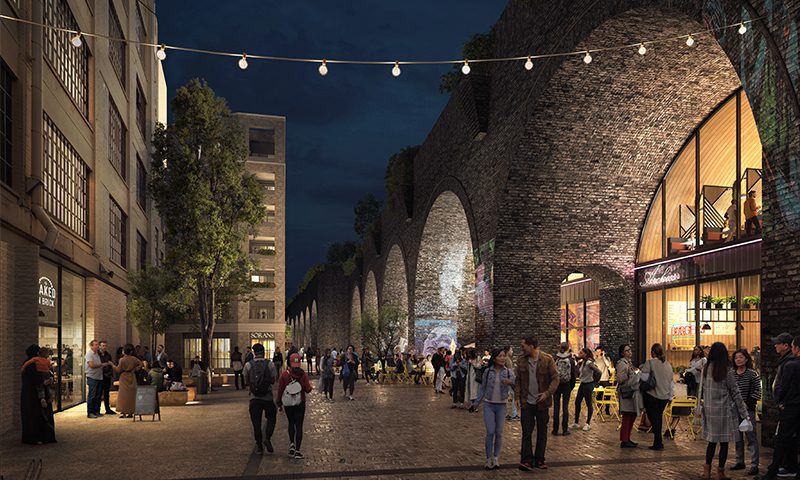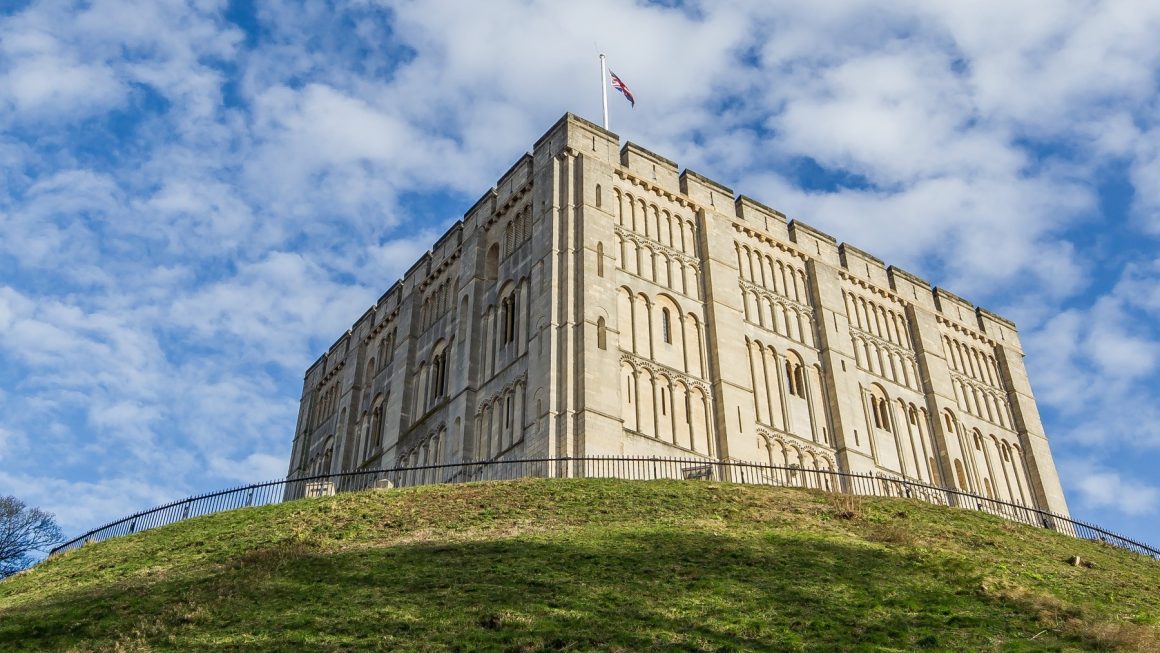For nearly 500 years, the emperors living
within Beijing’s opulent Forbidden City dictated who could enter and
leave. Well, the gates have opened, and tourists are pouring in to see
it all for themselves. Attendance is up by 2.5 million since 2010.
The Forbidden City is a dream destination for some Americans, but
most have never researched a trip to Everland or Lotte World. Yet these
South Korean theme parks also rank among the world’s 50 most-visited
tourist attractions—beating out the Eiffel Tower (nearly 7 million), the
Great Pyramids (4 million), and Stonehenge (1 million). And there are
more surprises.
Where we choose to spend our vacation time says a
lot about what we
value. Despite—or perhaps because of—what the World Tourism Organization
(UNWTO) calls “global economic challenges,” more travelers are hitting
the road than ever. International tourist arrivals increased by 5
percent in 2013, according to the UNWTO. That translates to a record of
more than one billion trips. With its population of 1.36 billion, China
became the second-largest exporter of tourists. Russia, now the
fifth-largest outbound market, increased travel spending by 26 percent.
Like it or not, theme parks clearly have worldwide appeal. France’s
Disneyland Park draws about the same number of visitors (10.5 million)
as Sacré Coeur, and four of the world’s 20 most-visited tourist
attractions are Disney parks.
Many inspiring and iconic places can’t quite keep up. The Smithsonian
National Air and Space Museum narrowly missed the top 50, as did the
British Museum in London (6.7 million), the Metropolitan Museum of Art
in New York (6.3 million), and the Roman Colosseum and Forum (5.1
million each). The Berlin Wall Memorial Site logged only 500,000
visitors in 2013, though extra crowds are arriving in November 2014 for
the 25th anniversary of its fall.
Accessibility can be a factor. It takes extra effort to reach
Yellowstone National Park (3.2 million) or the Terracotta Army in Xi’an,
China (4.8 million). And Peru’s Machu Picchu has restricted tourism to
help maintain the site’s integrity; only 2,500 can enter per day, or
912,500 per year.
So what is the most-visited tourist attraction in the world? And can
91 million people be wrong? Read on to see the results—and an
explanation of our methods for calculating it all.
The Methodology: To tally up the world’s most-visited
attractions, we gathered the most recent data supplied by the
attractions themselves or from government agencies, industry reports,
and reputable media outlets. In most cases, it was 2013 data.
Attractions that don’t sell tickets gave us estimates as best they
could.
We defined “tourist attractions” as cultural and historical sites,
natural landmarks, and officially designated spaces. So Boston’s
shop-filled Faneuil Hall Marketplace (est. 1742) made the cut, but not
Minnesota’s Mall of America, which, with 40 million annual visitors,
would otherwise have tied for No. 4. Short walkways and plazas also fit
our definition of tourist attractions; that disqualified the Blue Ridge
Parkway. We also omitted beaches, bridges, and sites that draw almost
exclusively religious pilgrims.





